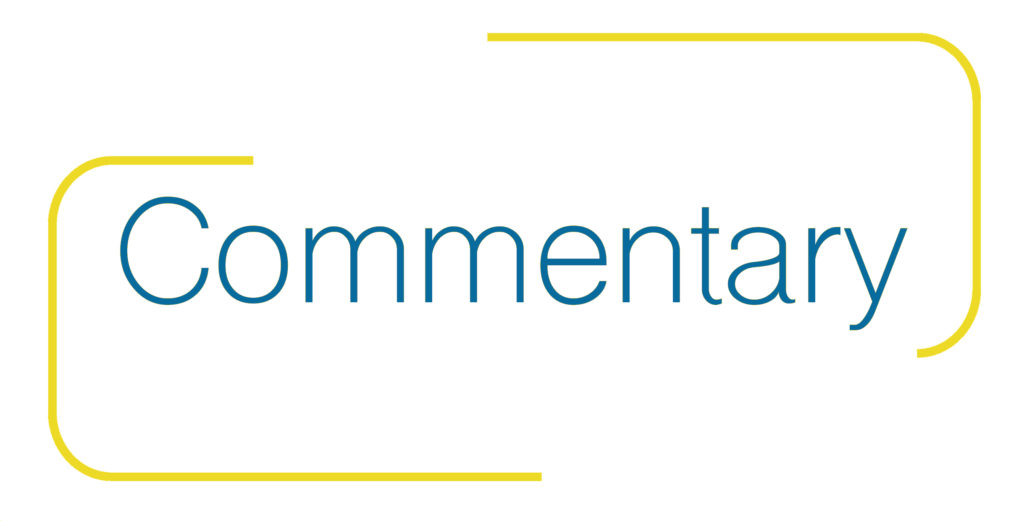Washington Watch is produced by the AACC office of government relations and policy analysis.

One of the pressing challenges to college promise programs is how they will fare as state budgets begin to feel the ramifications of the economic downturns in the wake of the COVID-19 pandemic. According to the College Promise Campaign, currently 30 states have state administered and sponsored college promise programs. Across the country, there are more than 350 institutional or state programs. The pandemic has also shone a light on existing inequities in society writ large and in higher education. To a large extent, promise programs are intended to deal with these.
What are college promise programs?
The “promise” part refers to making college more accessible and affordable, not only for prospective and current students, but for those who didn’t think that college was possible for them.
From a policy perspective, there has been circularity to the sponsorship of promise programs. Briefly, President Obama’s proposal for a federal America’s College Program (ACP) was modeled on an institutional level program. But it was not enacted, pivoting the impetus toward state and local support. The federal role was revived in the 116th Congress in the ACP provision in the House’s reauthorization of the Higher Education Act, the College Affordability Act (CCA, which the American Community College Association supports. The CCA, however, went no further than approval by the Committee on Education and Labor.
College promise programs differ in many ways. A major distinguishing feature is how funds are distributed. At its simplest, first dollar programs pay for tuition and fees, allowing students to use federal student financial aid toward other attendance related costs. In comparison, last dollar programs provide funding for the gaps left after student aid is used to pay tuition and fees. Student eligibility also differs across programs, with some exclusive to recent high school graduates while others extend eligibility to adults; some programs are restricted to community colleges, others to all public institutions.
Who benefits?
Two recently released reports reveal that not all college promise programs are the same and not everyone who participates has the same experience or outcomes. One report reviews policies in 23 statewide systems, while the other examines the impact on enrollment of various aspects of promise programs that were established prior to 2015, in 33 single community colleges (i.e., the funds could only be used at one and not multiple institutions) on enrollment.
Equity lens assessment of state systems
The Education Trust report updates an assessment it conducted last year using an equity lens of state-based college promise programs. The 10-factor framework to assess the state promise programs includes metrics related to whether: the funding covers more than tuition and fees; extends beyond recent high school graduates and community college students; imposes GPA, credit accumulation, attendance intensity or other eligibility requirements; and excludes undocumented or previously incarcerated individuals.
The report found most of the programs wanting in one or more areas. The only exception is that all 23 state programs cover the tuition and fees for community colleges. However, programs in only nine states cover living costs. And, in many of the programs barriers exist, including excluding adults (14) or justice-impacted students (12) and imposing eligibility requirements such as at least half-time attendance (10) or a 2.0 GPA minimum (17).
Based on the assessment, Education Trust makes five recommendations to policymakers to advance equity in their states: (1) include all students; (2) go beyond tuition; (3) make improvements over time; (4) be transparent; and, (5) invest in student success.
Impact on community college enrollment
A second study compared first-time, full-time enrollment of 32 community college promise programs to a set of public, associate degree and certificate granting institutions in close geographic proximity. The enrollment status focused on racial/ethnic and gender differences and how these were affected by promise program eligibility criteria.
The study found that on average promise program community colleges experienced a significant increase (23 percent) in the enrollments of all student groups, with the largest percent increases for Latino and African American students, especially female students (51 and 52 percent, respectively). Only Asian, Native Hawaiian, or Pacific Islander students saw no enrollment increase.
Some serious caveats were evident, however. First-dollar programs were found to a have a greater positive effect on the enrollment of white students. Programs with merit requirements (e.g., GPA) mostly increased the enrollment white female students. Income criteria were associated with negative effects on enrollment across all student groups, except Black male students. This negative effect, the study surmised, may be due to higher administrative burdens associated with accessing these programs, such as requiring proof of income or FAFSA completion. More generous programs, those that cover full rather than partial tuition for two years increased enrollment of Asian, Native Hawaiian, or Pacific Islander students. Finally, programs that offered additional support services were associated with an increase in the enrollment, especially of African American female students.
The future of college promise programs
Whether legislation to create a national college promise program is proposed in the next Congress depends on several factors, particularly which party controls the presidency and Congress. Community colleges feature prominently in former vice president Joe Biden’s plan for postsecondary education. Debt-free community college is part of the agenda to invest in community colleges to grow the middle class. President Trump’s higher education agenda focuses on other issues, notably, holding institutions more accountable.




